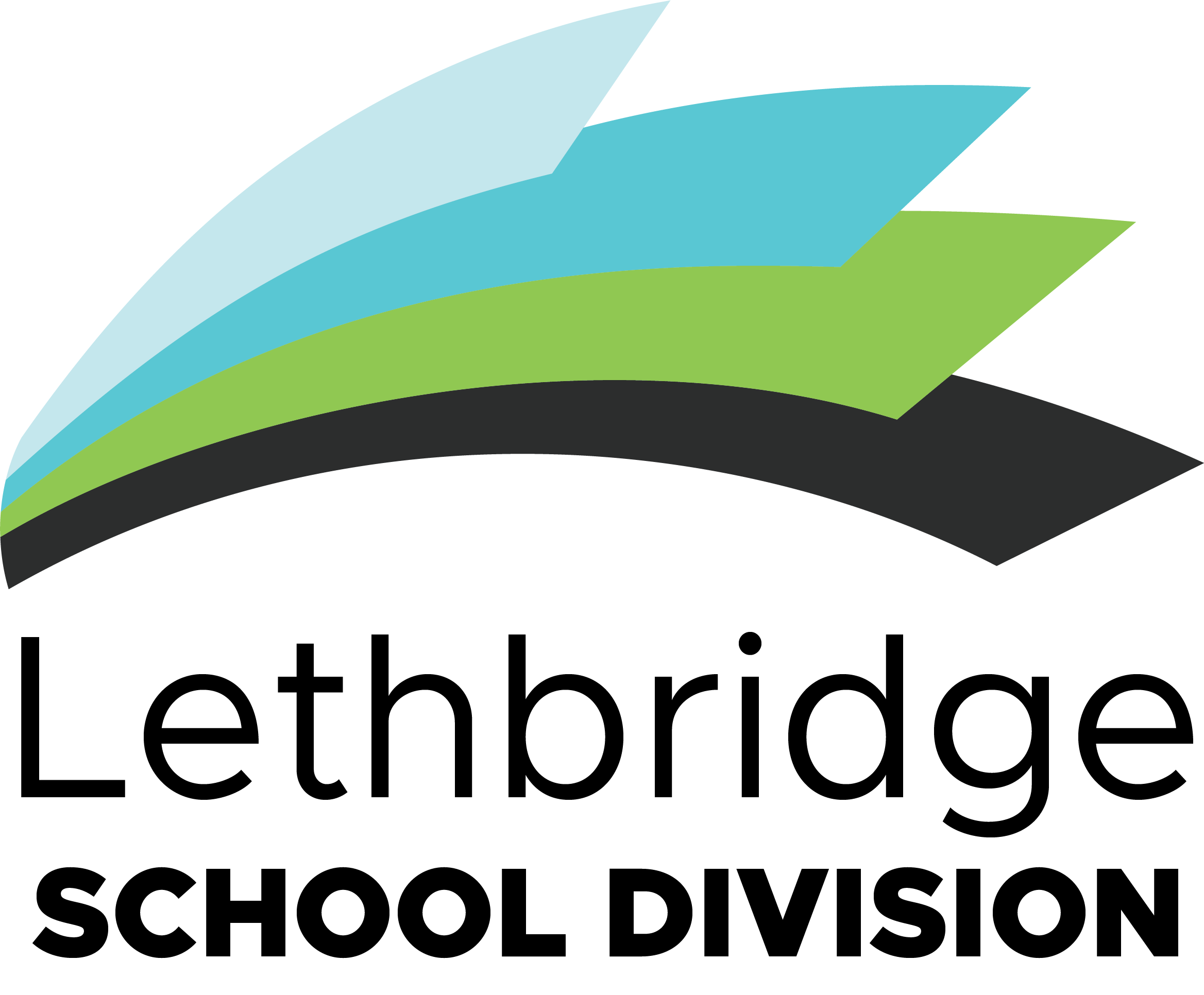General
Galbraith School opened on February 14, 1913 and was located on open prairie until home construction surrounded it years later. Designed by architects H.M. and W. A. Whiddington and built by Lussier Construction Company, the original three-story building cost $82,000 to build. Galbraith School is the oldest school building in Lethbridge still operating as a school. It was named for Dr. Walter Stuart Galbraith, pharmacist and physician, mayor, and School Board member. The original school had eight classrooms, each designed to accommodate 40 students. Two large playrooms were located in the basement, and a maple-floored auditorium, stage and dressing room were on the third floor. In 1962 a large one-story addition opened. Cosmetic maintenance was done to the exterior in 2012.
School Philosophy
“Galbraith Cares”
Under the auspices of Alberta Education and Lethbridge School Division 51, Galbraith Elementary School provides academic, cultural, recreational, social and community support programs in a safe and respectful environment.
Galbraith Promise
“I promise to do my best to make Galbraith Elementary School a place where everyone feels safe and respected.”
Galbraith Care Hare
Care Hare holds in his paw everything that Galbraith stands for and represents:
- He is flexible by adapting to this ever-changing environment through camouflage. Changing colours represents aspects of multi-culturalism, sensitive to individual differences.
- Note Care Hare's ears. He has an outstanding ear for details and is a good listener. He is a strong role model through sensitivity in problem-solving on the playground and in the classroom.
- Care Hare is a survivor and a creative problem-solver. He literally stands up on his hind legs for what he believes.
- Care Hare models the Green Zone, which means he has strategies to regulate himself.
- Care Hare has a history at Galbraith with dreams and aspirations to continue his promise to represent the School Mission and Motto.
- Care Hare represents the caring nature in all of us.

